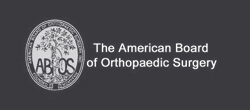- Shoulder Joint Replacement
-

- Total shoulder replacement surgery is performed to relieve symptoms of severe shoulder pain and disability due to arthritis. In this surgery, the damaged articulating parts of the shoulder joint are removed and replaced with artificial prostheses.
-
- Minimally Invasive Shoulder Joint Replacement
-
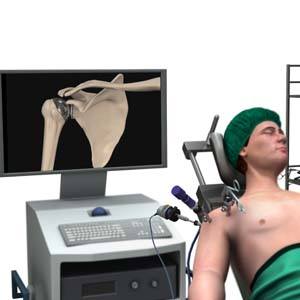
- Shoulder joint replacement is a surgical procedure that replaces damaged bone surfaces with artificial humeral and glenoid components to relieve pain and improve functional ability in the shoulder joint.
-
- Reverse Shoulder Replacement
-
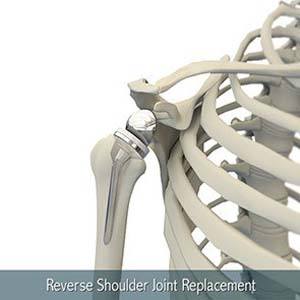
- Conventional surgical methods such as total shoulder joint replacement are not very effective in the treatment of rotator cuff arthropathy.
-
- Rotator Cuff Repair
-
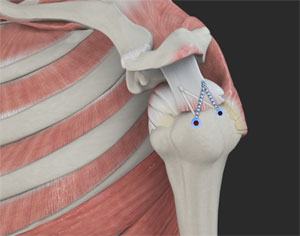
- Rotator cuff repair is a surgery to repair an injured or torn rotator cuff. It is usually performed arthroscopically on an outpatient basis.
-
- Shoulder Arthroscopy
-
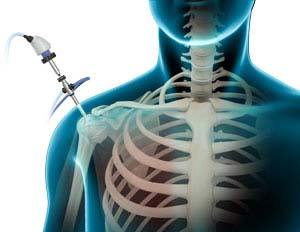
- Arthroscopy is a minimally invasive diagnostic and surgical procedure performed for joint problems. Shoulder arthroscopy is performed using a pencil-sized instrument called an arthroscope.
-
- Arthroscopic Bankart Repair
-
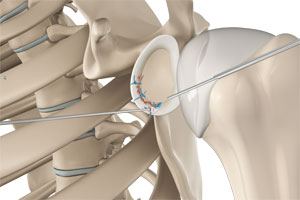
- The labrum can sometimes tear during a shoulder injury. A specific type of labral tear that occurs when the shoulder dislocates is called a Bankart tear.
-
- Arthroscopic Frozen Shoulder Release
-
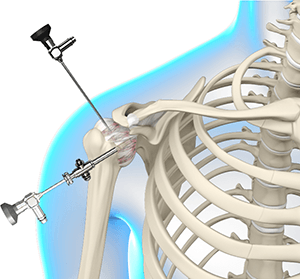
- An arthroscopic frozen shoulder release is a minimally-invasive shoulder surgery performed to relieve pain and restore normal function using a special instrument called an “arthroscope”.
-
- Shoulder Labrum Reconstruction
-
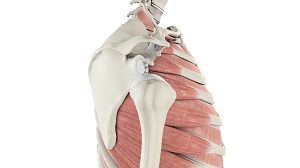
- Traumatic injury to the shoulder or overuse of the shoulder by excessive throwing or weightlifting can cause a labral tear. In addition, the aging process may weaken the labrum, leading to injury secondary to wear and tear.
-
- Shoulder Stabilization
-
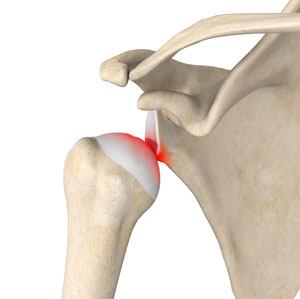
- When conservative treatment options such as medications, rest and ice application fail to relieve shoulder instability, your surgeon may recommend shoulder stabilization surgery.
-
- SLAP Repair
-
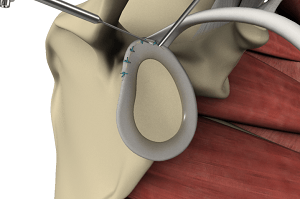
- A SLAP repair is an arthroscopic shoulder procedure to treat a specific type of injury to the labrum called aSLAP tear.
-
- Revision Shoulder Replacement
-
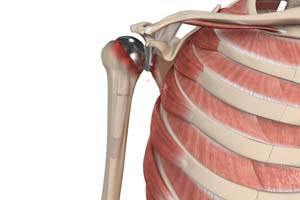
- Total shoulder replacement is the replacement of the head of the humerus (upper arm bone) and the glenoid cavity (cavity of the shoulder blade) into which the humerus fits, with artificial prostheses to relieve pain, swelling, and stiffness caused due to damage of cartilage at the articulating surfaces.
-
- Shoulder Reconstruction Surgery
-

- Shoulder reconstruction surgery is an operative procedure in which stretched or torn soft-tissue structures that surround the shoulder joint such as the capsule, ligaments, and cartilage, are repaired to secure the shoulder joint in place.
-
- Shoulder Preservation Surgery
-

- Shoulder preservation surgery is any surgical procedure that is aimed at preserving the structure and function of the shoulder. It may be a good option when non-surgical treatments fail to relieve shoulder symptoms as it is less invasive than shoulder joint replacement surgery.
-
- Partial Shoulder Replacement
-
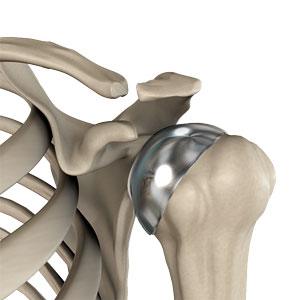
- Partial shoulder replacement, also called shoulder hemiarthroplasty, is a surgical procedure during which the upper bone in the arm (humerus) is replaced with a prosthetic metal implant, whereas the other half of the shoulder joint (glenoid or socket) is left intact.
-
- Computer Navigation for Shoulder Replacement
-

- Computer navigated shoulder replacement is an image-guided, minimally invasive surgical procedure in which the damaged or worn out articulating surfaces of the shoulder joint are removed and replaced with artificial prostheses under the assistance of advanced computer technology to relieve pain and restore normal functioning of the shoulder joint.
-
- Latarjet Procedure
-
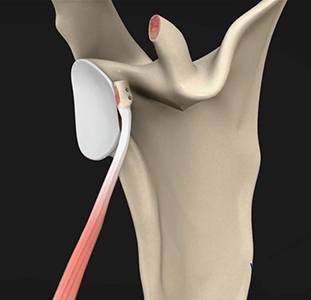
- The shoulder joint provides a wide range of movement to the upper extremity, but overuse or trauma can cause instability to the joint. The Latarjet procedure is a surgical procedure performed to treat shoulder instability by relocating a piece of bone with an attached tendon to the shoulder joint.
-
- Complex Shoulder Reconstruction
-

- Shoulder reconstruction is a surgical procedure performed in patients to alleviate shoulder instability, restoring its function and serving to prevent recurrent shoulder dislocations. Shoulder reconstruction surgery involves repair of torn or stretched ligaments so that they are better able to hold the shoulder joint in place.
-
- Pectoralis Major Tears/Repairs
-

- The pectoralis muscle is a large fan-shaped muscle comprised of the pectoralis major and pectoralis minor muscles that stretch from the armpit to the collarbone and down across the lower chest region on both sides of the chest.
-
- Acromioclavicular (AC) Joint Reconstruction
-
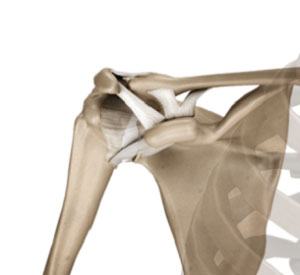
- The acromioclavicular (AC) joint is one of the joints present within your shoulder. It is formed between a bony projection at the top of the shoulder blade (acromion) and the outer end of the clavicle (collarbone). The joint is enclosed by a capsule and supported by ligaments.
-
- Arthroscopic Superior Capsular Reconstruction (SCR)
-

- Arthroscopic SCR is indicated for massive, irreparable superior rotator cuff tears. Reconstructing the superior capsule will help restore stability to the shoulder and minimize dysfunction.
-
- Subacromial Decompression
-
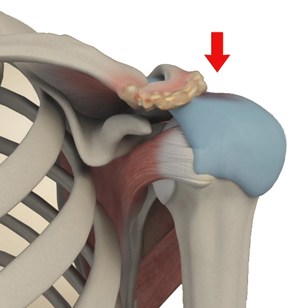
- Subacromial decompression is a surgical procedure performed for the treatment of a condition called shoulder impingement. In shoulder impingement, the degree of space between the rotator cuff tendon and shoulder blade is decreased due to irritation and swelling of the bursa or due to development of bone spurs.
-
- Non-surgical Shoulder Treatments
-

-
• Resting the Affected Shoulder
• Ice and Heat Treatment
• Medications
• Cortisone Injections
• Physical Therapy
-
- Intraarticular Shoulder Injection
-
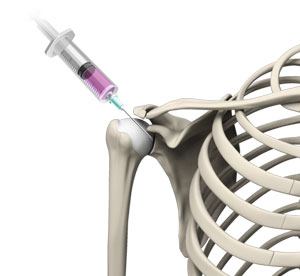
- The shoulder is prone to different kinds of injuries and inflammatory conditions. An intraarticular shoulder injection is a minimally invasive procedure to treat pain and improve shoulder movement.
-

